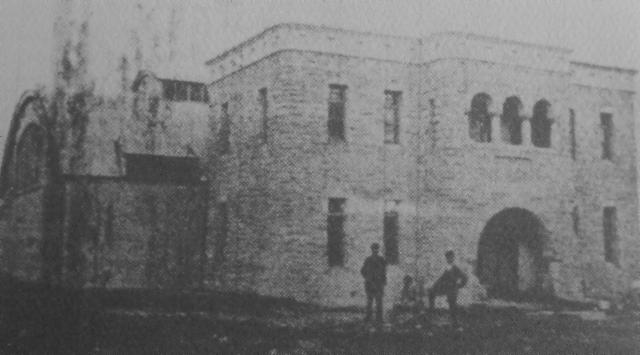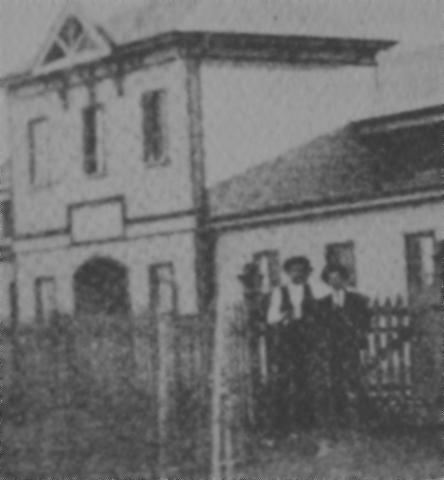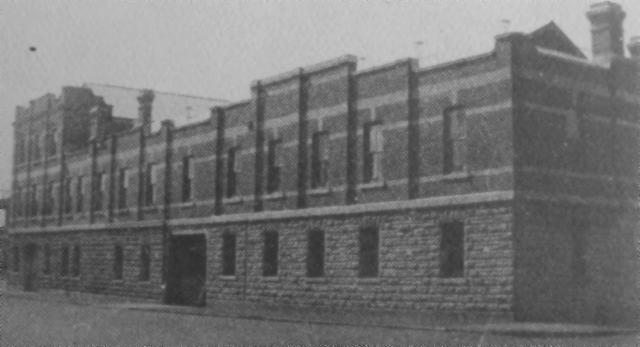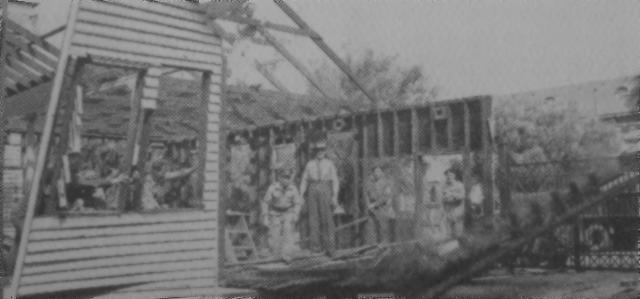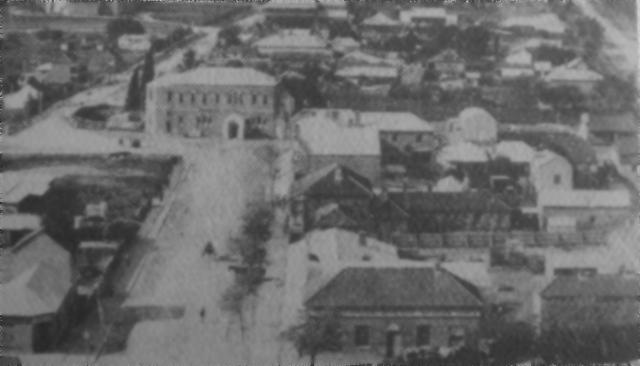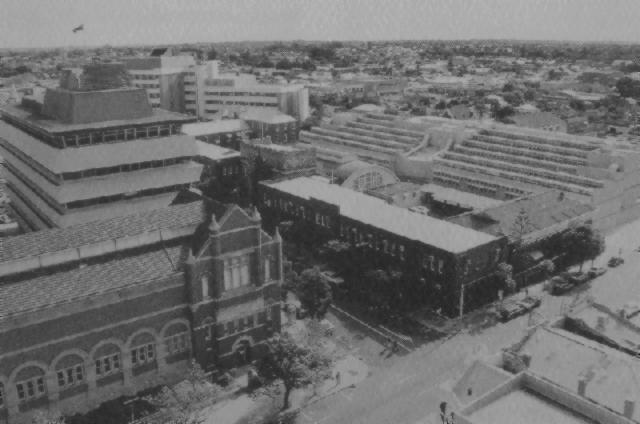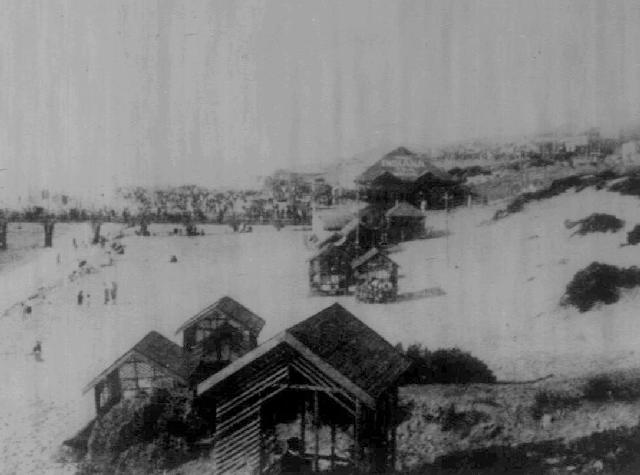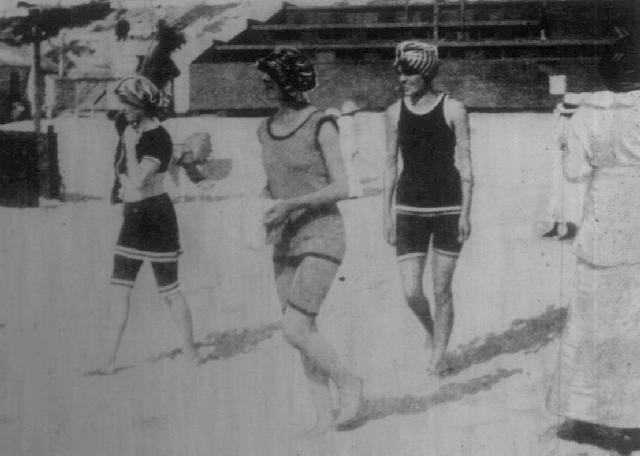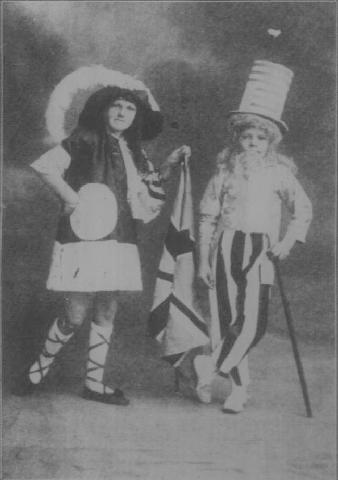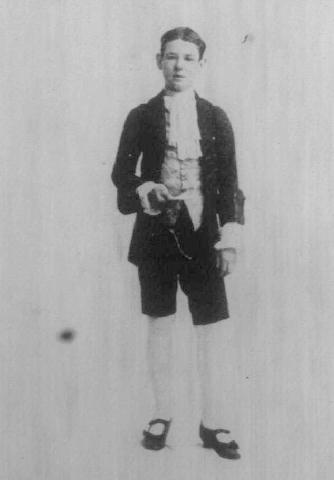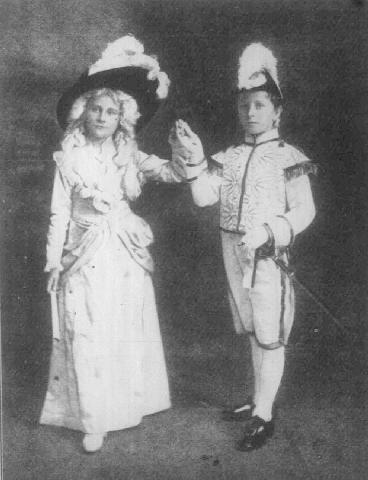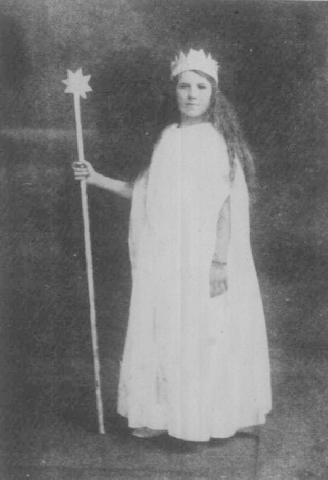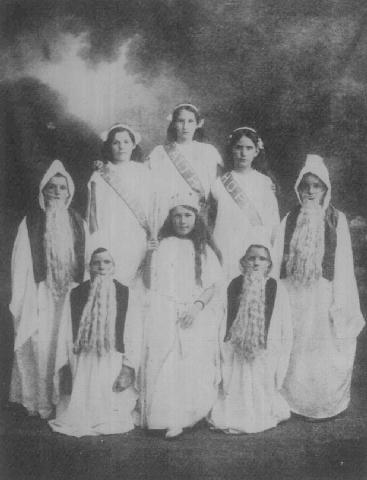Topic: Gen - St - WA
Swan Barracks
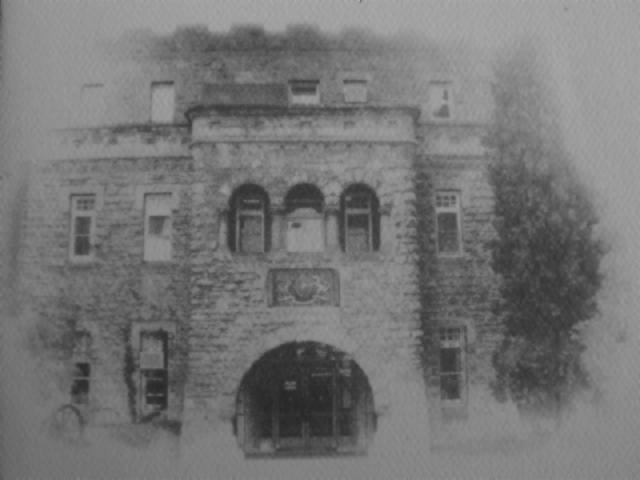
The following history, Swan Barracks, Francis Street, Northbridge is extracted from a booklet produced by the 5th Military District in 1992. It is well researched and put together for anyone to read.
Part 3, the Soldiers
Perth's association with the military dates to the birth of the colony in 1829 when Governor Stirling travelled west to establish a defensive base.
The colony's first corps of volunteers was formed en route to the new colony but was soon disbanded amid the stresses of early settlement.
The volunteer corps did not re-emerge until September 11, 1861, when a meeting of citizens voted to form a militia. Only three days later, after a deputation from the meeting had gained the approval of Governor Kennedy, the first drill parade was held at Barrack Square. Within two weeks the Metropolitan Volunteer Rifle Corps numbered 100 effective members and seven honoraries.
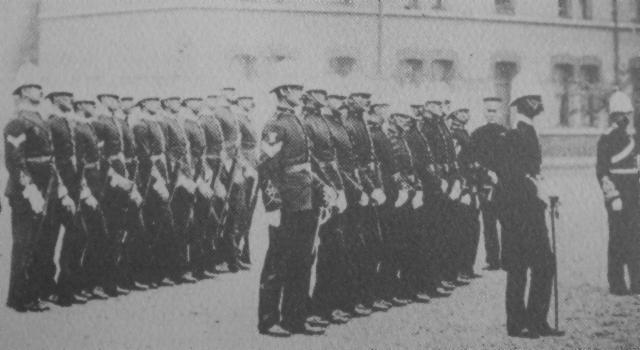
Parading at 5.30am and 6.00pm every day the men earnestly went about training to defend the young colony, not only from potential outside invaders, but from the ever present threat of convict uprising and attack from natives.
The reality of the threat was confirmed only a month after the militia was formed when raiding natives speared a soldier in Barrack Street near the Perth Town Hall.
Such instances ensured the corps the support of concerned private citizens who donated funds and the colonial government which gave encouragement and a small annual grant.
Despite this popular support the corps' fortunes fluctuated over the next 30 years. As volunteers could not be forced to endure all training, attendance became a problem. (While shooting practise was popular, some of the volunteers preferred to attend drill parades in civilian clothes, with guests, as spectators.)
In February 1892 the colonial government withheld the annual grant of 15/- from the Perth Corps, a decision that did not sit well with the volunteers who voiced their displeasure in the strongest terms.
The resulting insubordination charge saw the disbandment of the Metropolitan Corps. A cooling of heels, some apologies and growing international tension, however, soon saw the volunteers reformed under the new title "The Perth Company of WA Rifle Volunteers."
Still the problems of attendance persisted. The most oft quoted solution was to provide a well-located and appointed drill hall that would:
"add ... to the popularity and efficiency of the volunteer force."
In 1897 the Perth Volunteers moved into their new headquarters at the drill hall in Francis Street and the Western Australian volunteer movement made its headquarters in the stone administration building.
The buildings quickly increased the popularity of the force and served as a rallying point for volunteers at the outbreak of the Boer War in 1899 with 1,233 Western Australian Volunteers joining the Australian Bushmen's Contingents.

As in all wars to follow, the soldiers of WA fought with distinction in South Africa with one landmark named West Australian Hill after a battle in which 20 Western Australian soldiers held off a force of 300 Boers.
The outbreak of war in 1914 again sent Perth into a patriotic fervour. The rush of volunteers to the Francis Street headquarters initially overwhelmed officials who were forced to set ridiculously high standards to stem the flood of enlistments - even men with dentures were turned down for the first contingent.
John Simpson Kirkpatrick, better known to the world as Gallipoli's "man with the donkey" was among the many notable soldiers to sign up at the barracks.
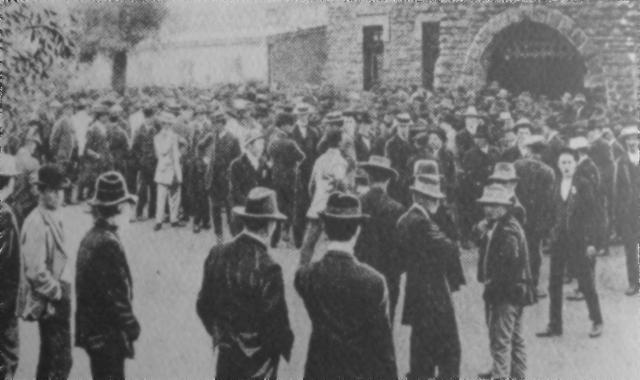
Between the wars Swan Barracks remained an important administrative centre for the military in Western Australia. A 1929 defence plan says the headquarters was responsible for:
"the security of vulnerable points of positive military importance against the activities or enemy agents or other ill disposed persons."
On activation of such plans, the guards at Francis Street had it better than many of their peers. The lack of adequate kitchen facilities had the soldiers dining in local restaurants with Government meal tickets.
The call-up for World War Two saw the showgrounds in Claremont double as a recruiting centre, sparing the barracks for the rapidly increasing administrative work load.
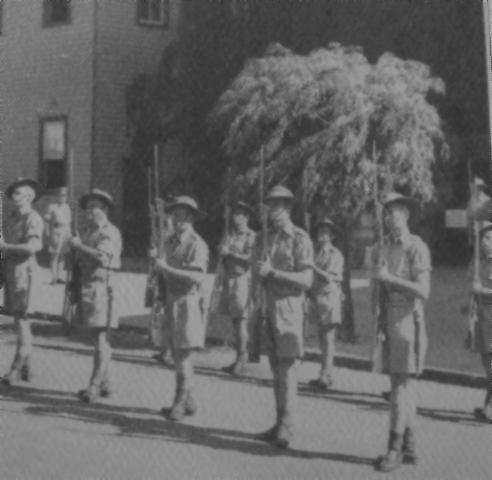
On parade at Swan Barracks, 1943.
By the end of World War Two Swan Barracks housed the headquarters of the 3rd Australian Corps, Western Command and the 5th Military District.
With the Army reverting to peacetime proportions after the war the large headquarters shrunk away. By 1960 Headquarters Western Command was the sole occupant.
That headquarters enjoyed sole occupancy until the staff function was divided in 1973 to form the 5th Field Force Group and 5th Military District. The final title of Headquarters 5th Military District was adopted in June 1980.
With the move towards the doctrine of self reliance in the 1980s the Australian Defence Force (ADF) began to realise the benefits of a more cooperative or joint approach to operations.
An ADF headquarters was formed in Canberra and several steps were taken to create a single command and control system for the national defence resource. Significant among these steps were the 1989-90 Force Structure Review, which restructured and directed resources to combat elements, and the 1990-91 Defence Regional Support Review which reduced service and civilian duplication in administrative support.
This later review in particular led to the amalgamation of Headquarters 5th
Military District, District Support Unit Perth, the Defence Regional Office Western Australia and several smaller service and Defence organisations into a new Defence Centre Perth.
The amalgamation, coupled with the need to reduce Defence property and maintenance costs, led to the decision to vacate Swan Barracks. In June 1992 the headquarters moved to its new premises at Leeuwin Barracks, East Fremantle, ending a 95-year association with Northbridge. Swan Barracks, however, remain a lasting memorial to the Army's part in the early history of Perth and to the many brave Western Australians who served this country so valiantly.
Further Reading:
Swan Barracks History, Part 1, the Site
Swan Barracks History, Part 2, the Building
Swan Barracks History, Part 3, the Soldiers
Citation: Swan Barracks History, Part 3, the Soldiers




